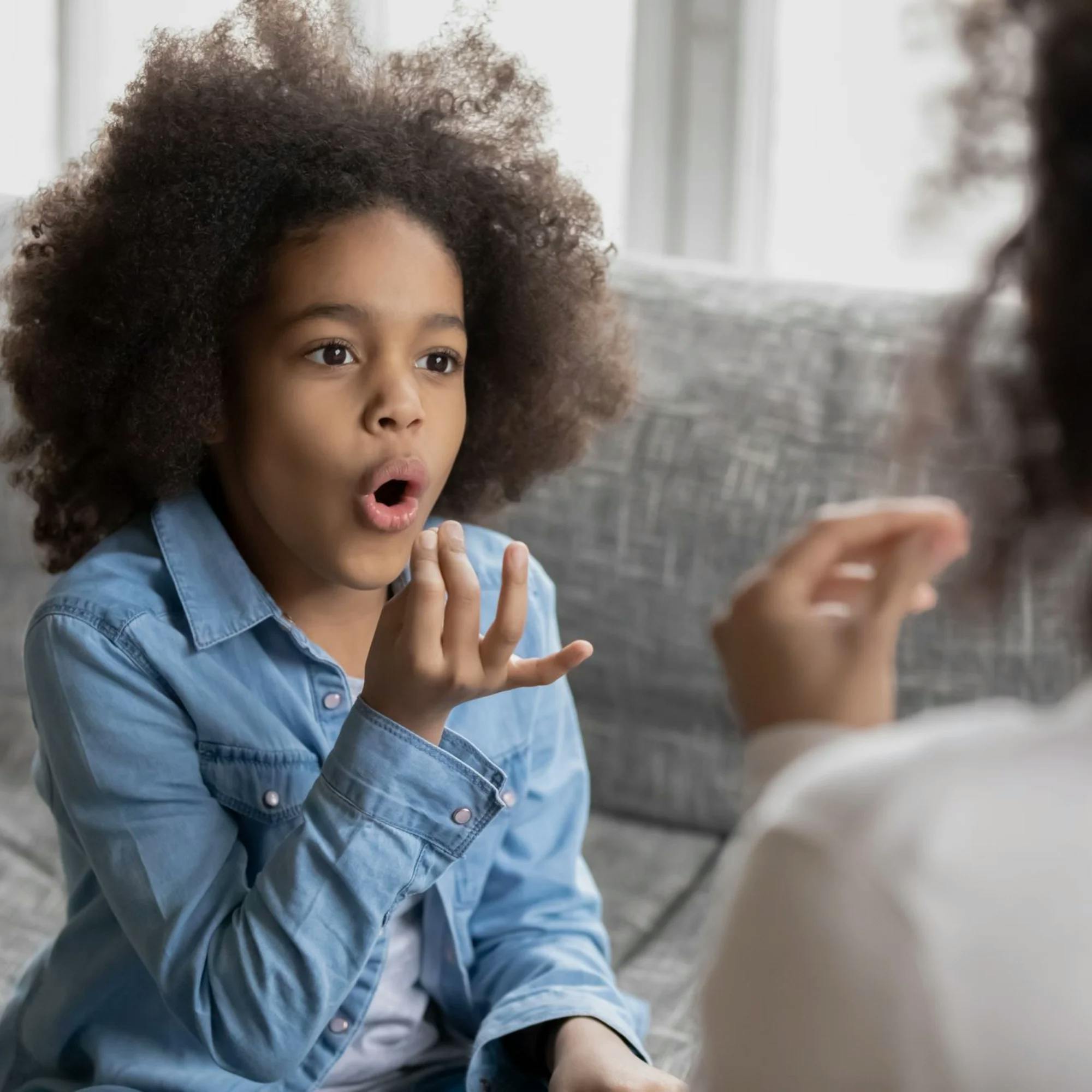Problems with pronouncing /r/ are some of the most common speech errors that a speech therapist handles. It's a challenging sound for many children to produce. And quite honestly, it can be one of the harder sounds to teach a child, as well. If you've ever tried to help your child with their /r/ sound at home, you probably already know this!
What makes the /r/ sound so difficult is that it's not easily visualized. When saying a "th” sound, or the /b/ sound, you can see how to produce the sound based on movement of the lips, tongue, and teeth. Try it yourself!
However, the /r/ sound is all about tongue position inside the mouth. It’s hard to visualize and can be challenging to explain.
In this post we'll cover some activities you can try at home to tackle the pesky /r/ sound. The goal is for you and your child to feel more confident in understanding how to produce /r/.
This is a crucial topic in speech-language development that affects many children. Which means there's a lot to cover! If you haven't done so already, make sure to read our other articles on /r/ production. We also offer a series of free videos addressing all aspects of this sound.
Learn more about the /r/ sound in these two articles:
Get familiar with the tongue
In order to learn /r/ production, it's important for your child to understand all the different parts of the mouth and tongue they need to use to make this sound.
Get in front of a mirror and spend some time reviewing the tongue. Look at the different parts, such as the tip of the tongue, the back sides of the tongue, and the back of the body of the tongue. Also spend some time reviewing the insides of the top-back molars. All of this will come into play when you get into the specifics of pronouncing the /r/ sound, so it's essential to start here.
Have your child point to different parts of the tongue, and areas within the mouth, to make sure they comprehend these important parts of their anatomy.


Two ways to produce prevocalic /r/
Two tongue positions can be used to make an /r/ sound. These are the bunched and retroflexed tongue positions.
Please note: There are only two ways to produce the /r/ sound. However, there are many different variations of /r/ sounds. There are prevocalic, medial, and vocalic /r/ sounds, which have to do with where the /r/ is placed in a word (at the beginning, middle, or end). There are also variations in which vowels the /r/ is paired with, such as the ar, air, and ire sounds.
Although there are many variations, here we're covering pronunciation of prevocalic /r/. This means the /r/ comes in the initial position of the word, such as in “run” or “right.”
Bunched /r/
For the bunched production, the tongue moves in a high position and toward the back of the mouth. The sides of the back of the tongue should be touching the insides of the back molars. The tongue should also be kept strong and tense in order to ensure the appropriate “errr” sound is formed.
Try having your child pair their sound production with a hand motion. Have your child hold their hand flat like a tongue, then “bunch” or “scoot” their hand back high and strong to resemble what the tongue should be doing in the mouth. See if this helps your child better move their tongue to the correct position.
Retroflexed /r/
For the retroflexed /r/, the back sides of the tongue touch the inside of the back molars, just like for the bunched /r/. However, the tip of the tongue curls backward. This is what gives this production the name “retroflexed.”
There are a couple things you can do to see if your child will benefit from this position. You can use a hand gesture for this one as well, having your child curl their hand backward into the same position their tongue should move.
You can also try this tip. Have your child move their tongue tip up behind their front teeth, as if they were going to say the /l/ sound. But instead of saying /l/, have your child “scrape” the roof of their mouth and curl their tongue backward. The production should sound like “llllleeerrrrr.” Once you hear the “errr” sound, you know that the tongue is in the right position. Once they have this down, then see if they can simply move their tongue into the position without having to say the /l/ first.
How to choose a bunched or retroflexed /r/
Practice teaching your child how to produce both /r/ sounds. Pick the one that most closely represents the actual /r/ sound. If they both sound good, then pick whichever one comes easiest or feels most natural to your child. Be sure to ask them for their input!
The importance of tongue tension
If the /r/ sound still doesn’t sound quite right, you may need to focus on tongue tension. The tongue is a muscle, and if the tongue is not tight or strong enough, the /r/ won't sound like a true /r/. This is an area where many children need some extra help.
Model for your child the difference between a loose and floppy tongue, or a strong and tense tongue. Keep your tongue relaxed and in a neutral position in your mouth. Open your mouth so that your child can see this. Demonstrate how you're not using your strong muscles in this case.
The tongue is a muscle, and if the tongue is not tight or strong enough, the /r/ won't sound like a true /r/.
Again, keeping your mouth open enough so that they can see, move your tongue to the bunched or retroflexed position. Point out how your tongue becomes more tense in certain positions because you're using your muscles.
Then, let your child try! See if they can feel the difference between a “loose” tongue and a “tense” tongue. Feeling the difference between the two may be the key for them get the right tension and sound production.
Progression of /r/ practice
Typically, when helping children with a speech sound, your speech therapist will continue to slightly increase the complexity levels of the sound. This is the usual progression of prevocalic /r/ contexts:
Isolation level
Syllable level
Word level
Phrase level
Sentence level
Conversation level
Remember, while this sound can be a challenging one to master, with speech therapy support and lots of home practice, it is definitely achievable!
How Expressable Can Help
Concerned your child isn't reaching age-expected milestones? Looking for communication support from a professional? Expressable is a national online speech therapy practice serving children and adults. We treat all major areas of communication and feeding, offer flexible hours including evenings and weekends, and accept most major health insurance plans. We’re proud to have earned more than 3,000 5-star reviews from our clients (4.9/5 average).
Our therapy model is centered on parent and caregiver involvement. Research proves that empowering caregivers to participate in their loved one’s therapy leads to better outcomes. That’s why we combine live, 1-on-1 speech therapy with personalized education and home practice activities for faster progress.
Communication is more than words. It’s how we share how we feel and show who we are. We’re here to help you or your child do just that.

 Abby Barnes, M.S., CCC-SLP
Abby Barnes, M.S., CCC-SLP











